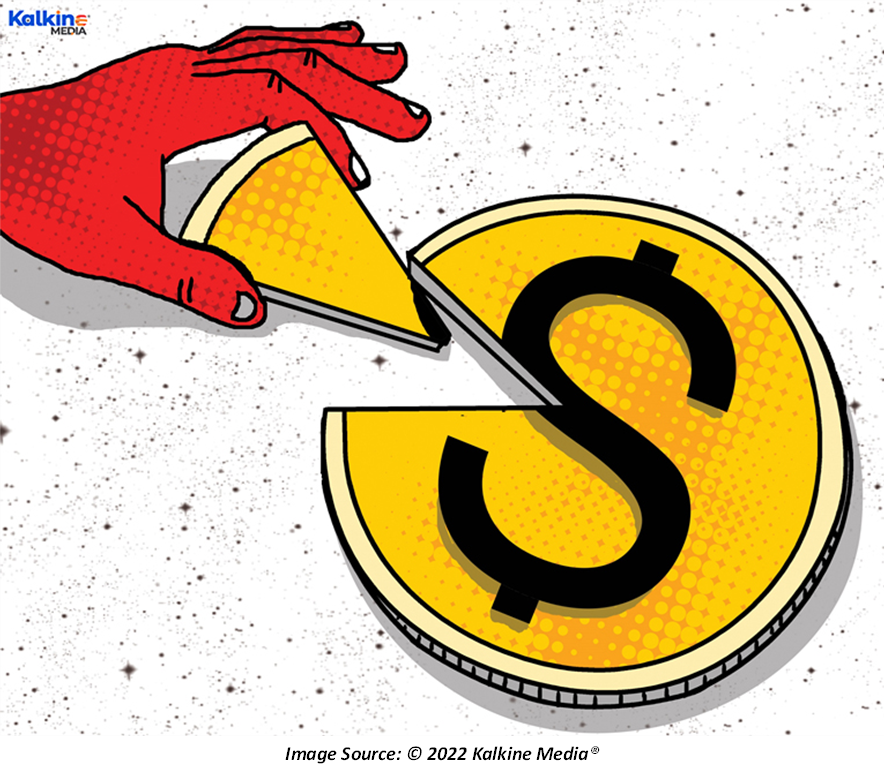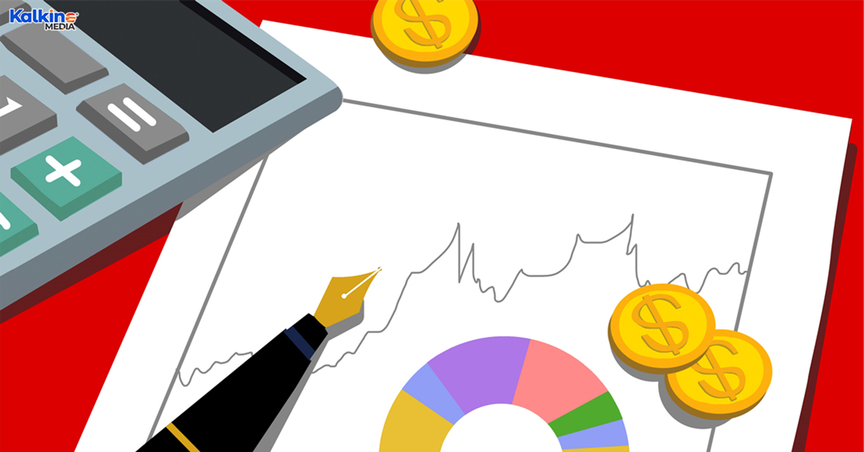Highlights
- A mix of economic frameworks is being followed across nations to tackle crisis-like scenarios.
- Keynesian economics advocated for greater dependence on fiscal stimulus to regulate the economy.
- Keynesian economics has evolved with time to incorporate the effect of real variables.
John Maynard Keynes, one of the founding fathers of modern-day macroeconomic theories, famously quoted, “Practical men, who believe themselves to be quite exempt from any intellectual influence, are usually the slave of some defunct economist”.
The statement is quite depictive of how individuals partaking in the existing ecosystem are a part of a large system of economic theories devised by economists ages ago.
Economies in the current context seem to be based on a mix of ideologies, with no single economic framework being followed. However, one prominent theory that has shaped up economies over the last few decades is the Keynesian theory of economics. The theory largely revolves around the total spending in the economy and its effects on output, inflation, and employment.
The demand-side theory is highly supportive of the ability of fiscal measures to regulate the economy. According to Keynes, fiscal policy can be used to revive demand in the economy. The theory is considered most effective during times of economic depression when an increased flow of government spending can spur growth.
Interestingly, Keynesian policies have played a crucial role in Australia by reviving the economy from the economic slump during the global financial crisis. The country relied on these macroeconomic policies as a recourse to the global precarious circumstances. The early adoption of fiscal policy-based stimulus measures allowed Australia to develop strength and save the labour market from crashing down.
However, since the global financial crisis, a lot has changed in economists’ view of tacking demand and supply-side shocks. At a time when the world is facing a pandemic crisis, experts again recall Keynesian policies for a reason. Although economies became handicapped during the pandemic, the Keynesian policy framework has again proved effective in reviving demand in the economy.
ALSO READ: Which global events can influence the Australian economy?
Growing shift toward monetarism
As the pandemic unfolded in different stages, economic policies also had to be gradually fine-tuned to better fit these changing scenarios. Fiscal policy action was strong during the initial stages of recovery when the shock had freshly hit the markets. However, the same policy measure may not be sufficient in the rest of the economic revival journey.

A significant side-effect of booming government stimulus during times of economic slump is the rise in inflation. Economies that took the Keynesian policy route to tackle the pandemic-induced slowdown are all facing inflationary pressures in the current environment.
Australia is no different in experiencing sky-high prices while reviving from the pandemic. The country’s annual price inflation of goods was the highest since the year 2008 in the December 2021 quarter.
RELATED ARTICLE: Australia records another quarter of high inflation
While some level of inflation is expected after fiscal stimulus if provided in the economy, inflationary pressures overthrew all existing expectations this time. A key factor underpinning the swift rise in inflation across countries are the supply-side constraints that have unfurled during strenuous times.
Now, the withdrawal of fiscal support alone is unlikely to be sufficient in reducing inflation. Thus, the Keynesian framework needs to be augmented to accommodate the inflationary pressures’ buildup. Here comes monetarism - the solution to a barrage of problems associated with rising prices.
Monetarism stresses targeting the growth rate of the money supply to control market forces. Essentially, this is achieved through interest rates. The growing dependence on interest rates to influence the economy stems from the Monetarist belief that money supply is the key to harnessing inflation. Thus, most economies rely on a mix of Keynesian and Monetarist views to revive a slowing economy.
INTERESTING READ: How can housing become more affordable in Australia?
Developing a model with real variables
Real variables, in economics, refer to those factors that are not affected by price changes and thus, internalise inflation in them. They are the stark opposite to nominal variables, which are not adjusted for inflation and can thus, give a flawed estimation of wealth.
For instance, wages, which is a nominal variable, are negatively impacted by an inflation rise. If inflation rises by 2%, alongside a wage hike of 1%, workers are actually worse off by one per cent (2-1%) even after a wage hike. Put simply, if wages rise slower than the rate of inflation, workers do not benefit from this rise. In such cases, one must evaluate the real wages or wages adjusted for inflation. Real wage growth can simply be calculated by subtracting the inflation rate from the wage hike rate, which is negative 1% in this case.

There is a buzzing argument that Keynesian economics fails to incorporate real variables into its framework. Keynesian economists believe that demand-side changes have an effect on real output and employment and not on prices.
However, with time, Keynesian economics incorporated the understanding of the long-run neutrality of money, which states that money stock only affects nominal variables such as prices and wages and not real variables like output and employment. Notably, Keynesian fundamentals are still being adjusted to better incorporate real factors.
ALSO READ: Australia to reopen borders - things to look out for!



